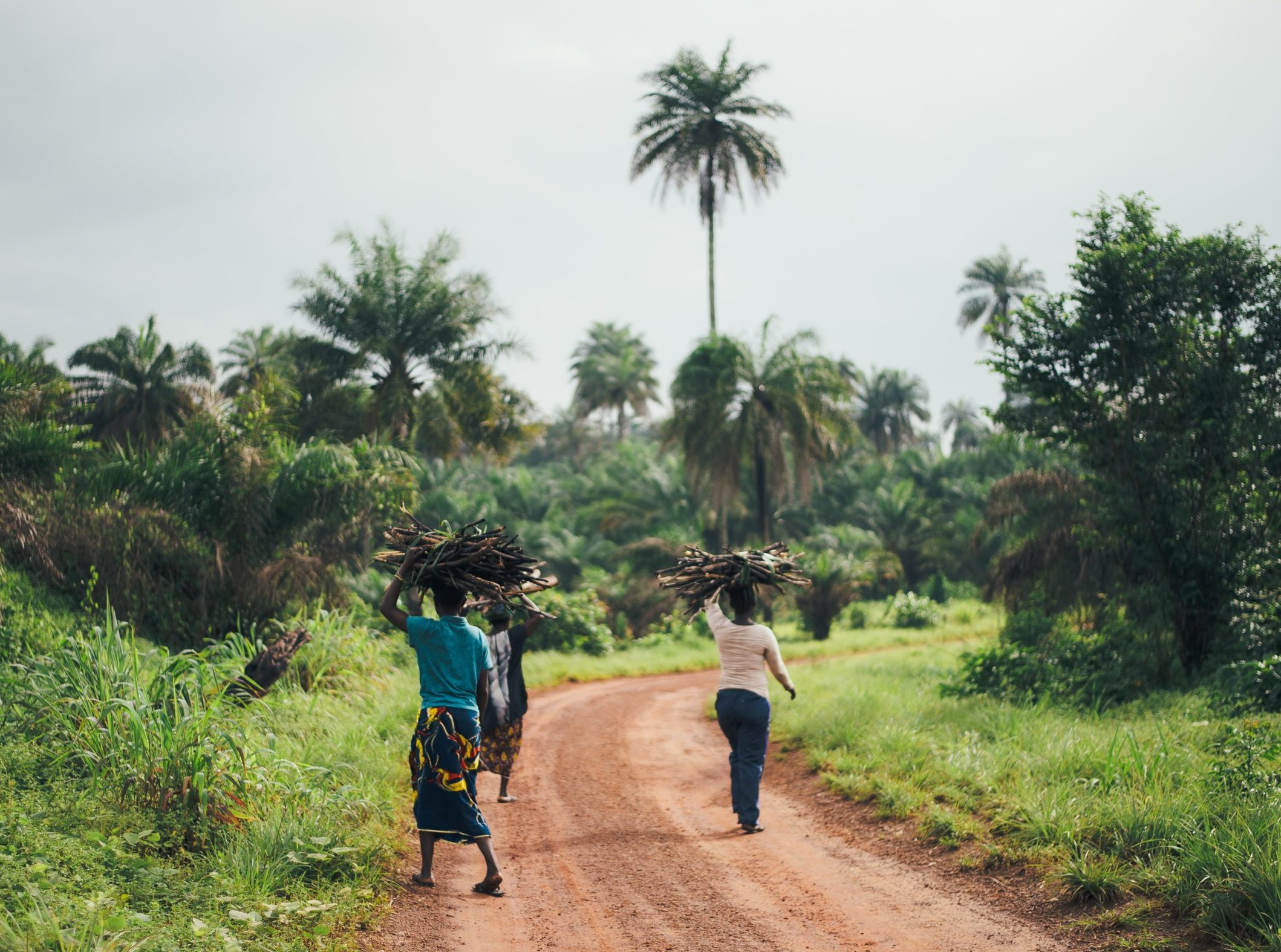
Women in African Agriculture: Integrating Women into Value Chains to Build a Stronger Sector
This paper looks at women in the African agricultural sector, major challenges and how to make gender-inclusive innovations .
PARI research focuses on identifying and scaling promising agricultural innovations for agricultural growth and food security in Africa and India.

This paper looks at women in the African agricultural sector, major challenges and how to make gender-inclusive innovations .
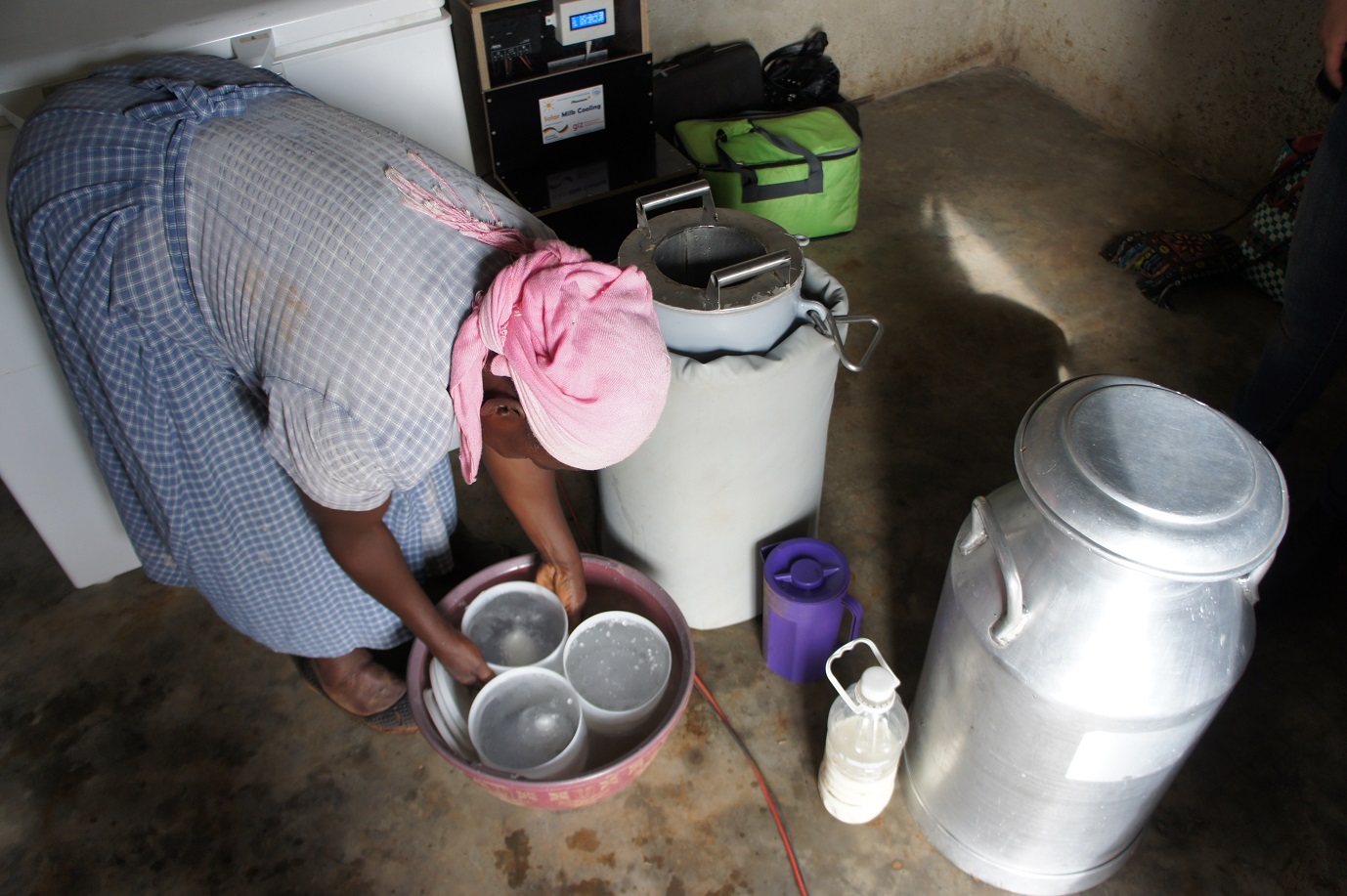
This study looks at solar milk cooling systems as well as the socio-economic impacts of these systems.
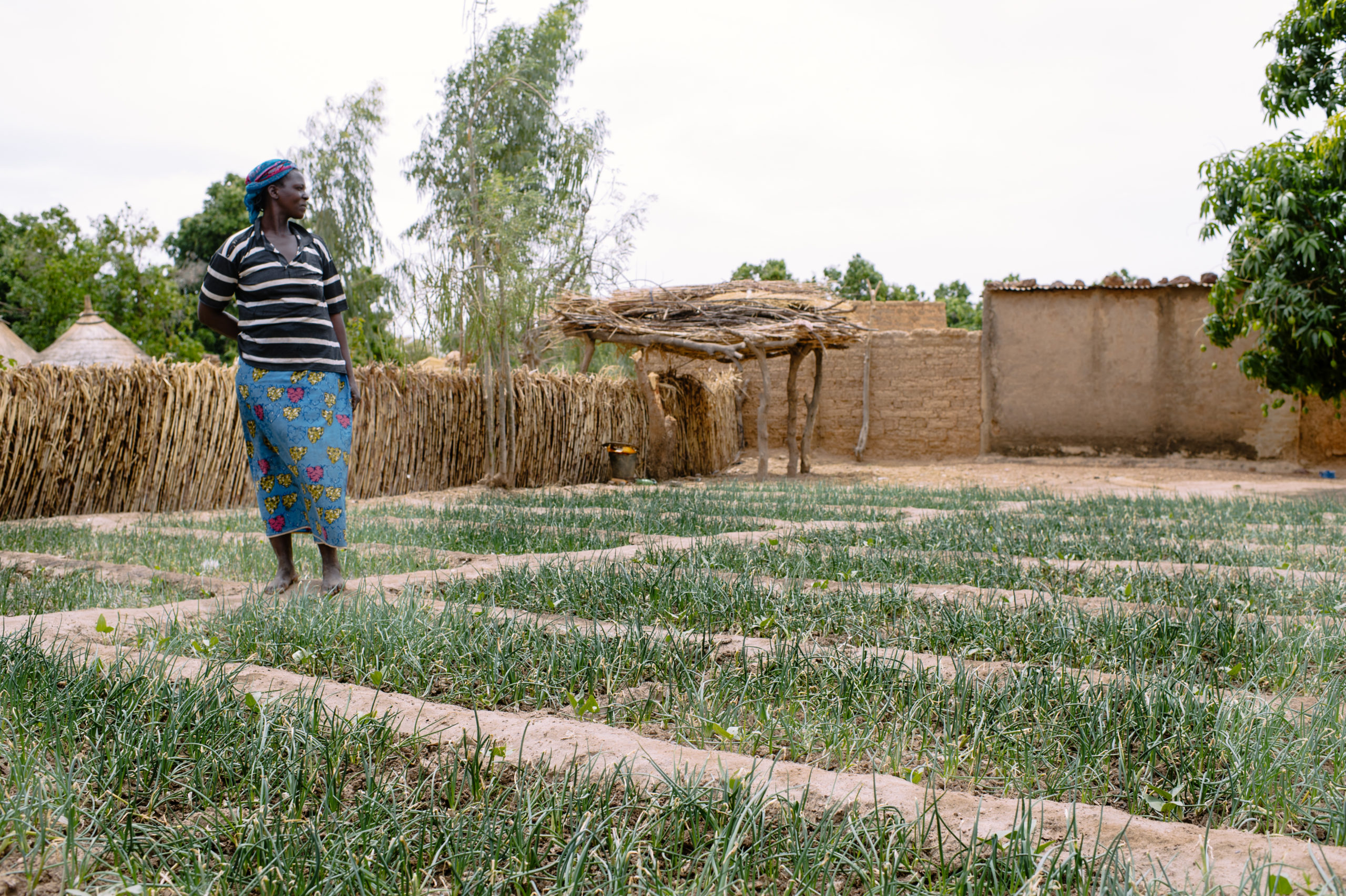
This study analyzes the type of equipment and inputs farmers need for different operations, the timeframe for executing the operations, and the costs of operations with and without equipment and their accessibility.
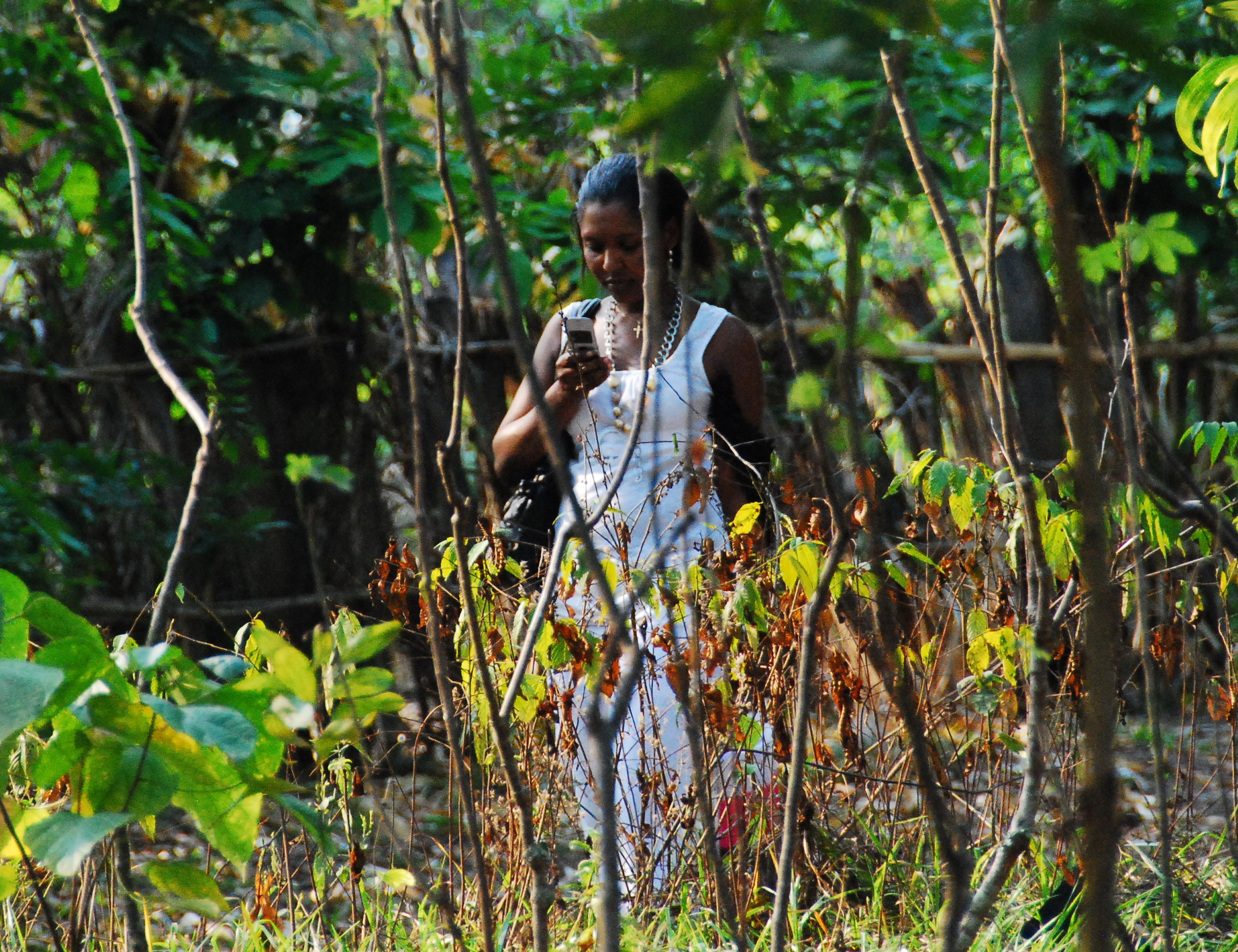
This study discusses the development of a picture-based smartphone app called Time-Tracker that allows data recording in real time to avoid recall biases.
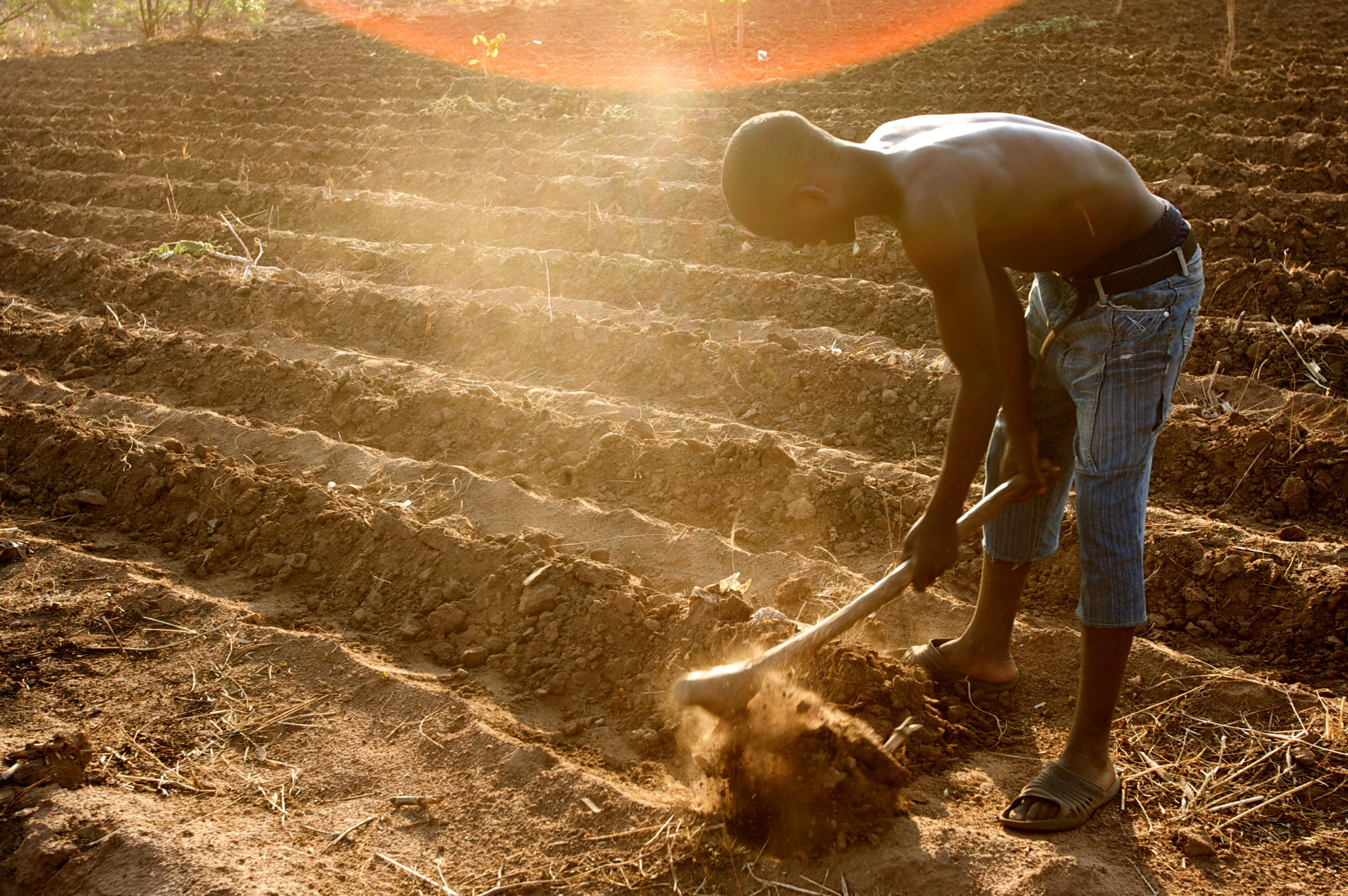
This paper looks at the adoption decisions and the complementarities among labor-intensive technologies and comprehensive use of modern inputs.
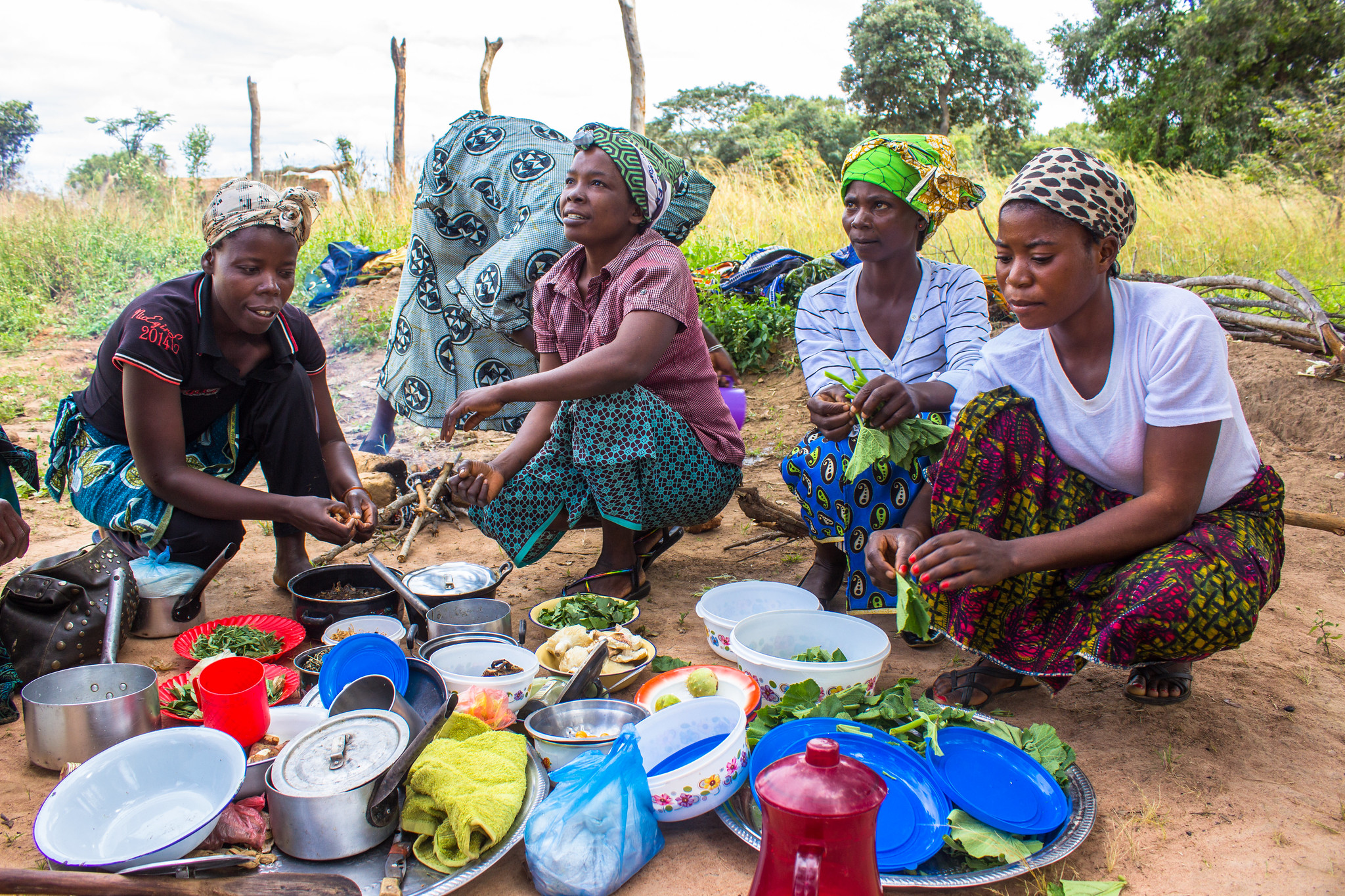
This paper aims to analyze the interplay between production diversity and dietary diversity across different seasons in rural Nigeria.

Across the developing world, the spread of mobile- and smartphones has led to a surge in mobile services for rural populations. While the potentials of mobile services to provide development…
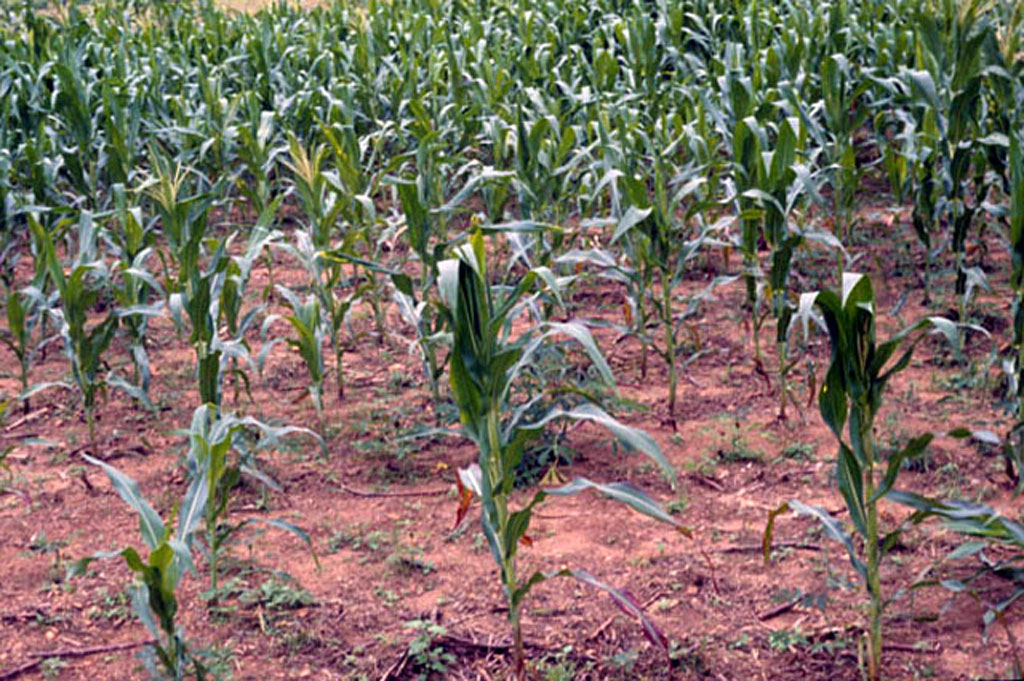
This study examines the effects of high-yielding maize varieties and the use of machineries on the production, income, crop mixtures, and demand for production resources in two farms and farm household typologies in the northern cotton growing belt of Benin Republic.

This policy brief discusses opportunities and challenges for scaling digital technologies in African agriculture.
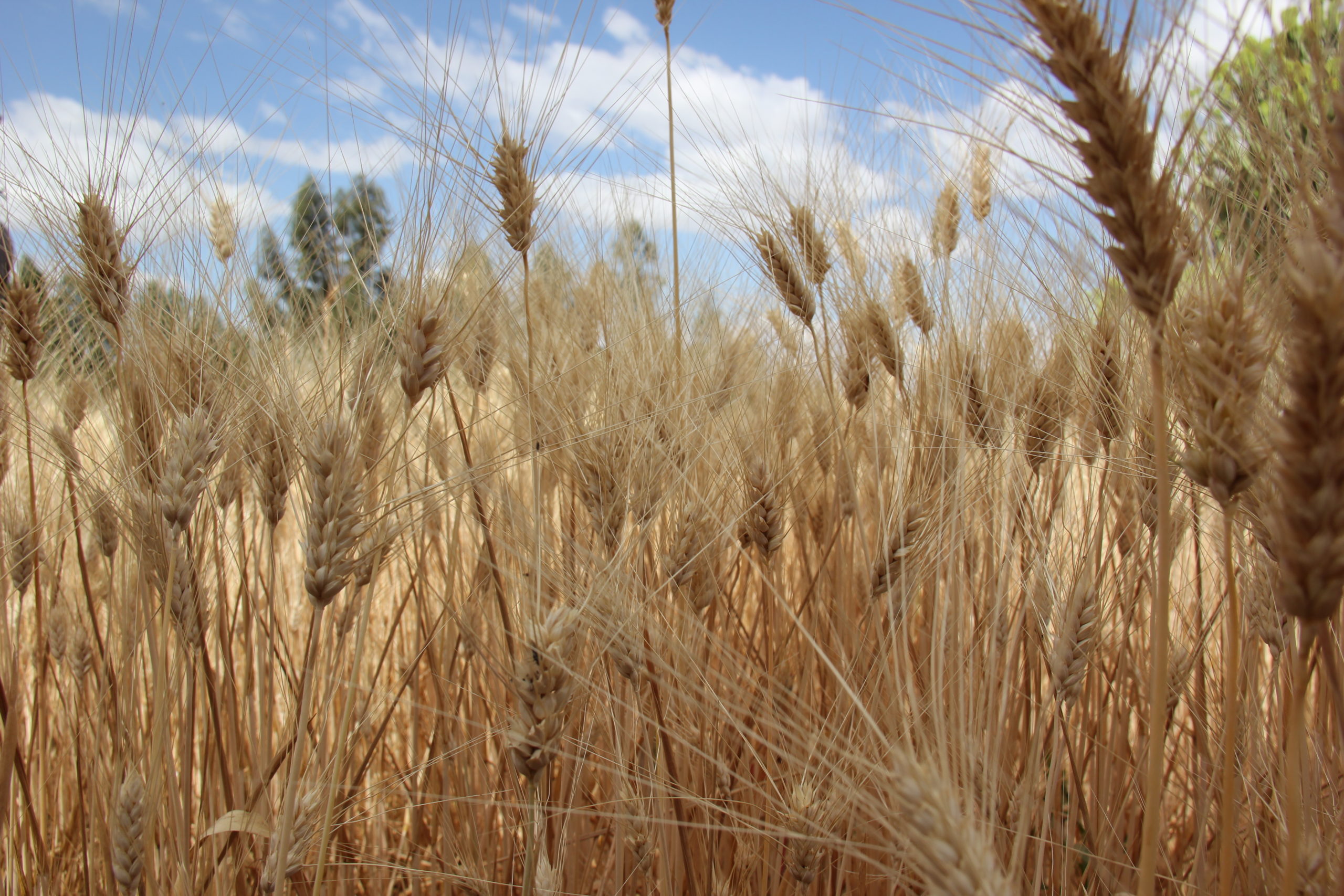
This study aims to assess the effect of nitrogen fertilization of DW under two tillage systems (CA vs CV) combined with two contrasted crop rotation (cereal monocropping, forage legume/cereal), on (i) crops yields, (ii) water and nitrogen efficiencies and (iii) soil quality.
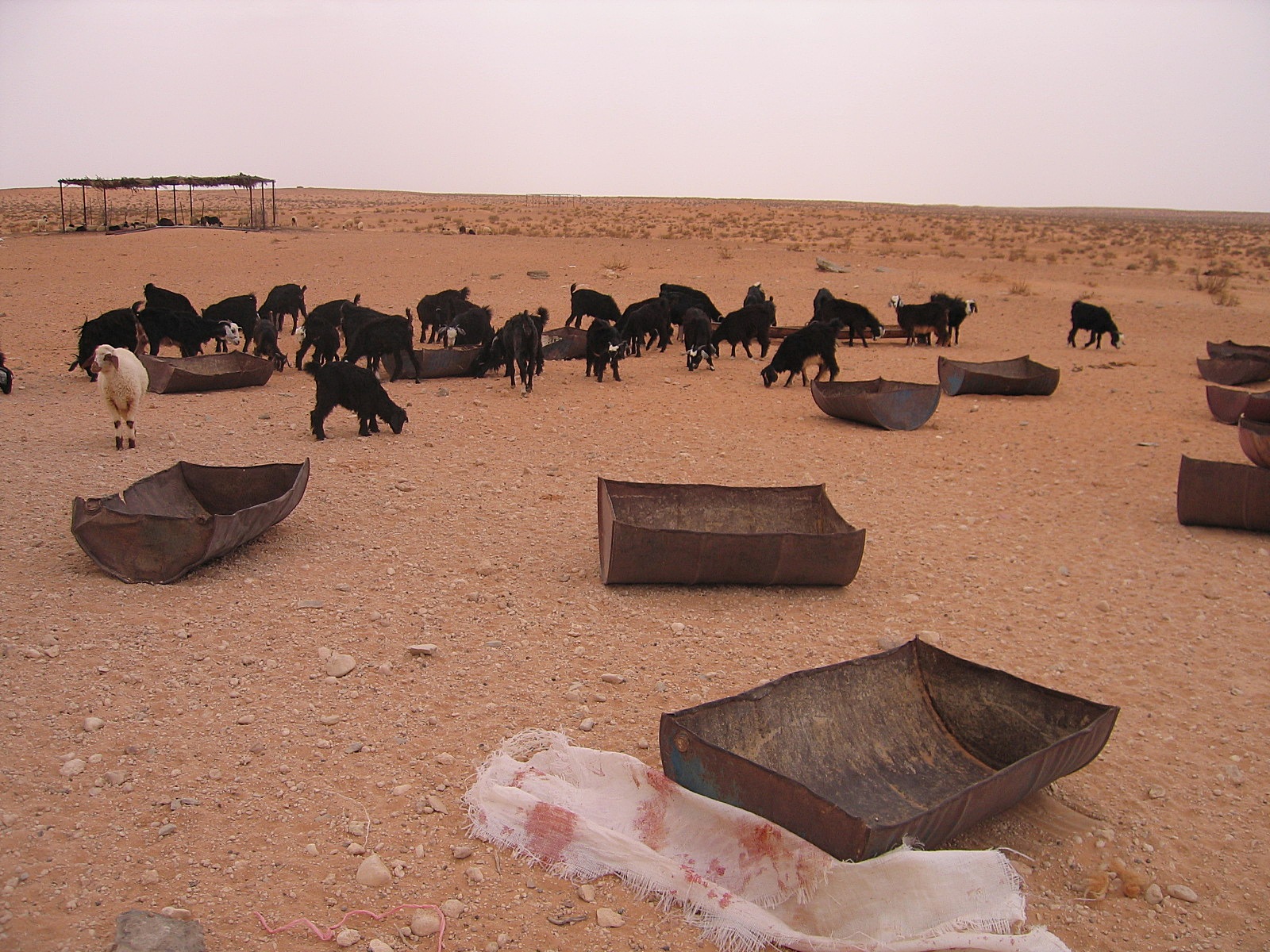
This paper aims to investigate the determinants of farmer’s decisions to adopt IT in the arid area of Tunisia.
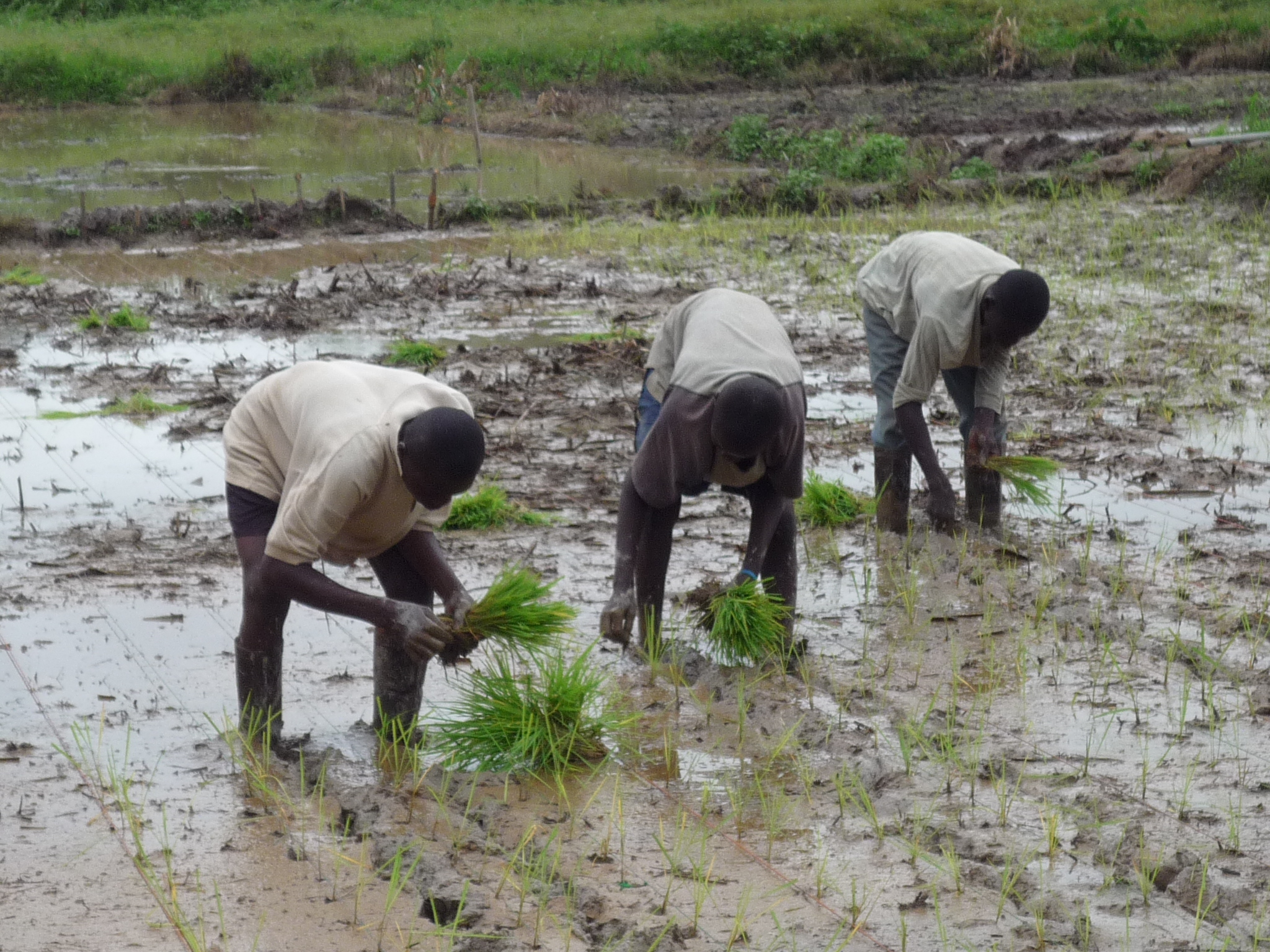
Recognising the crucial role traders play in marketing and distribution of rice in the country, this study was undertaken to assess their level of involvement, preferred rice types as well as factors that influence their preferences.